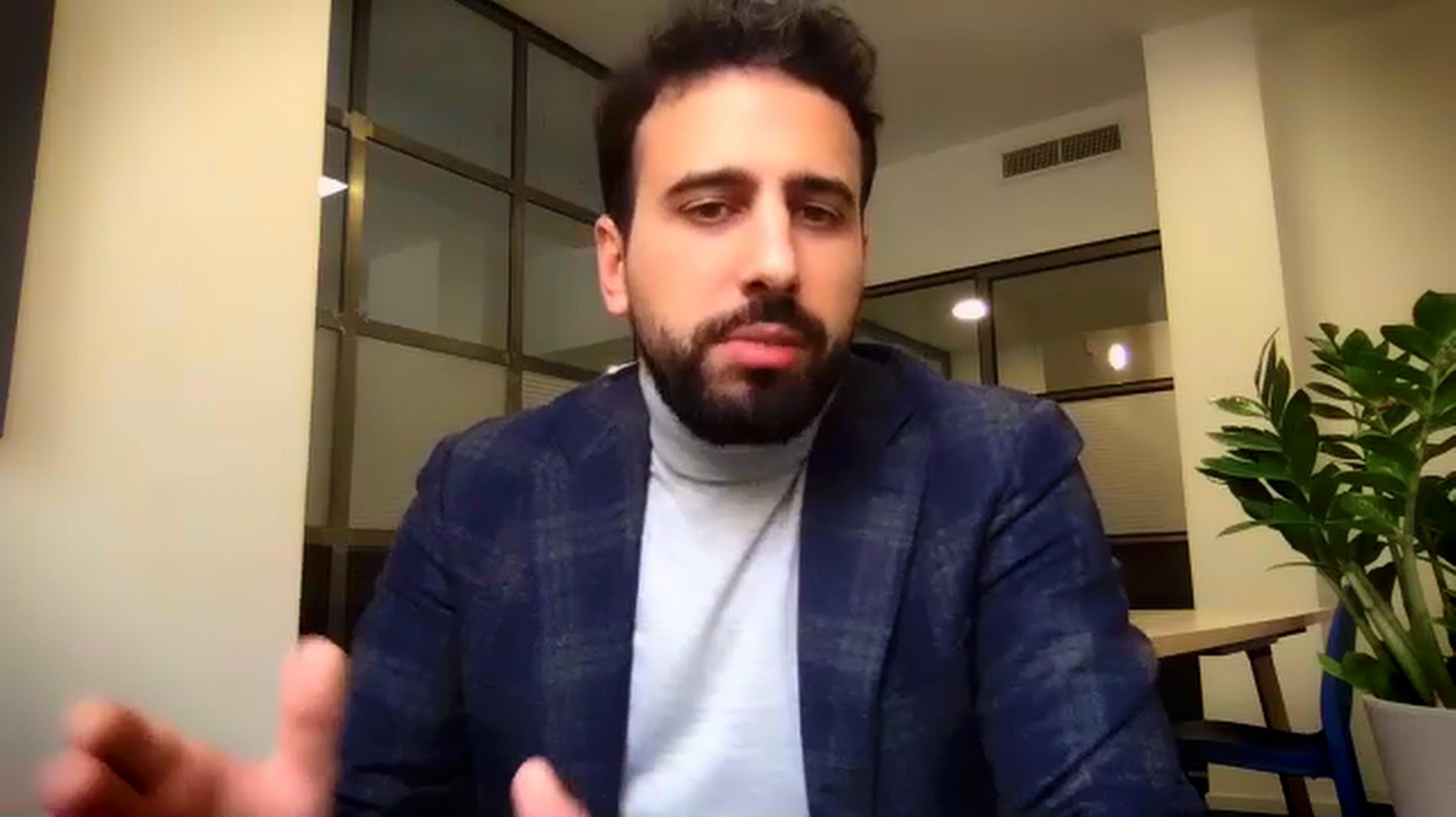
Recruiting Early Adopters
Former Head of Growth, N26
inpractise.com/articles/n26-recruiting
Why is this interview interesting?
- How N26 turned early users into ambassadors for the company to drive organic growth
- The importance of referrals to organic growth in N26 early days
Matteo Concas
Former Head of Growth, N26
Interview Transcript
Did you take this crossing the chasm approach, where you have the early adopters and then the pragmatists? Did you split it up by what they actually focused on? Was that how you segmented the market, in that sense?
We need to segment the market, depending on what people want. You get them in different channels, as well. In doing a lot of tests, we saw that those were the main targets. With the early adopters, they then worked as ambassadors, as well, so that they created that first wave, inside each market. We saw that in Germany, but we saw that, as well, in France and in Italy. I, specifically, have been the General Manager Italy, for N26 and then, later, Head of Growth Europe. The evangelists and ambassadors have always been very important.
Another good channel mix, for marketing acquisition, was coming from referrals. In the app, we put a big emphasis on recommend a friend. Sometimes there is just an icon for that. You have about four or five icons at the bottom but, especially at the beginning, you really put a lot of emphasis on that. That’s not only almost free, because you do pay a benefit to the referrer, but it’s not only that and it’s very cheap. That friend explained, in a lot of detail, why they are using N26, so there is that extra explanation. So you keep the entire different phases of the customer funnel, which from the very beginning, the lead generation, from the company point of view, which is brand awareness consideration.
Then there is the nurturing part, where that person gets much more information and wants to really understand the app or the software or the service. Usually, you look on the website or you go on the blog. The third phase is the sale part, where the person makes the purchase. That friend does that one on one. So the activity that we saw from those people that they were physically using the app every day, was much higher than all the other channels. That was one of the best things you could achieve, in a cycle, with referrals.
Were those early ambassadors, those early adopters that you mentioned, the tech savvy, UX focused customers?
I would not say that, necessarily. Yes, you have some sort of self-selection, in general. What do I mean by that? The world is becoming more and more polarized, in all sorts of areas. One being also, that people like to have everything digital or they still want to go to a branch. Particularly at the beginning, we were getting people who really wanted the digital experience, either for the UI of the app – one of the first logos for N26 was, ‘banking by design’, so it really created a lot of emphasis on that – but it could also have been for the pricing. You have both sides, working in your favor. More on the beauty, which is much more aspirational, as well. Or very down to earth as many people were going there and saying, this bank account is costing me nothing and it works super well. I use it every day and you gave me €15, open it.
How did you make those early ambassadors feel special, apart from the referral fee? Did you spend time with them? How did it work?
We created a kind of welcome package, with goodies, that we were shipping to people who were referring a lot of other friends. We also created a real ambassador program, specifically for universities. We were physically shipping stuff like t-shirts, stickers, etc. So we were working on things to make people feel special, but it doesn’t have to be a big monetary commitment. People feel special even when you just talk to them, making them feel part of the community. We seem to always think that, in order to make someone attached to you, you need to pay them, one way or another.
Copyright Notice
This document may not be reproduced, distributed, or transmitted in any form or by any means including resale of any part, unauthorised distribution to a third party or other electronic methods, without the prior written permission of IP 1 Ltd.
IP 1 Ltd, trading as In Practise (herein referred to as "IP") is a company registered in England and Wales and is not a registered investment advisor or broker-dealer, and is not licensed nor qualified to provide investment advice.
In Practise reserves all copyright, intellectual and other property rights in the Content. The information published in this transcript (“Content”) is for information purposes only and should not be used as the sole basis for making any investment decision. Information provided by IP is to be used as an educational tool and nothing in this Content shall be construed as an offer, recommendation or solicitation regarding any financial product, service or management of investments or securities.
© 2026 IP 1 Ltd. All rights reserved.


